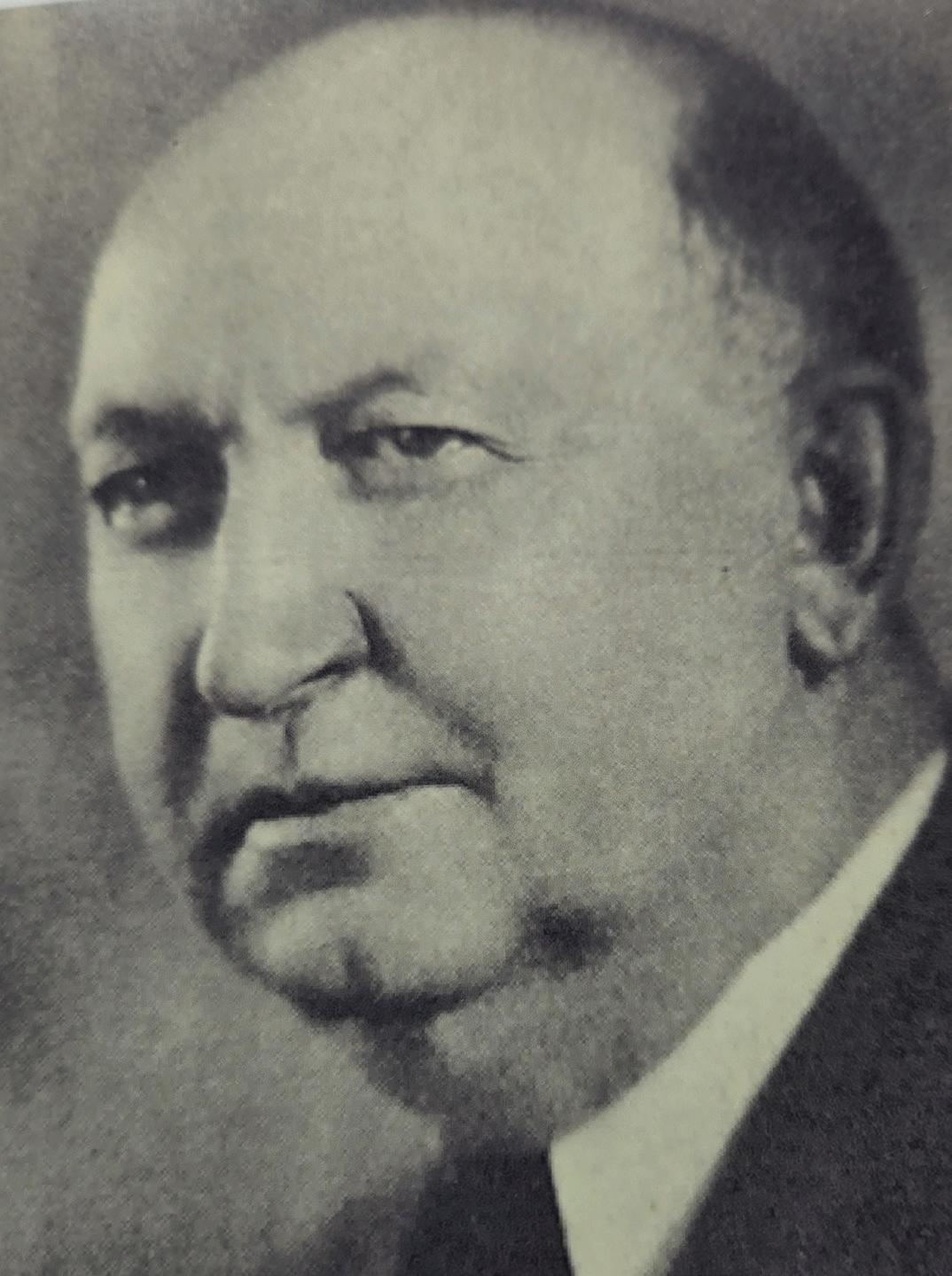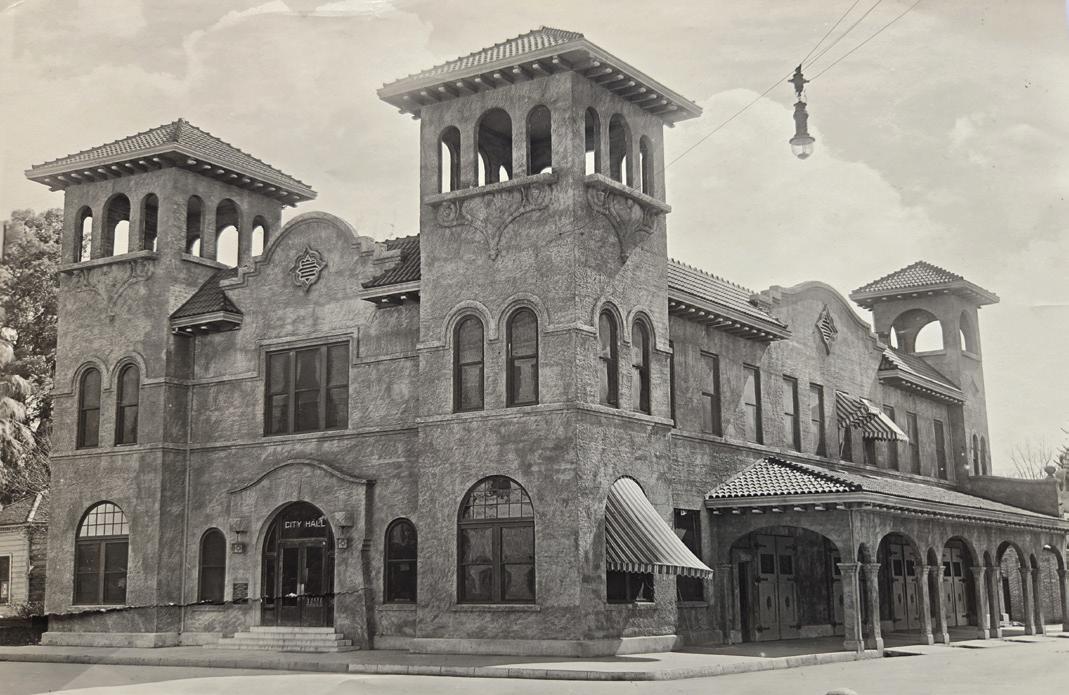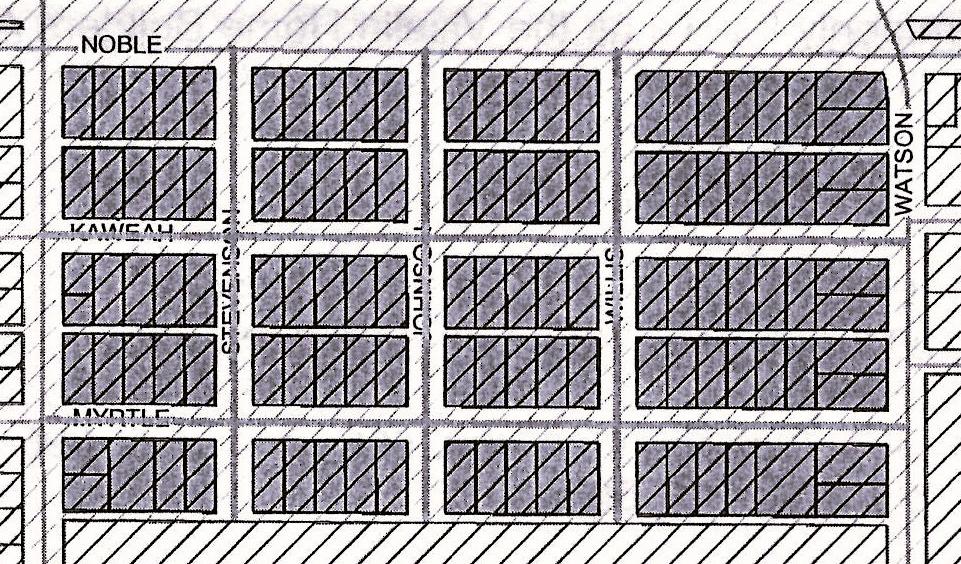
5 minute read
VISALIA’S ANSWER TO THE HOUSING SHORTAGE
Words by Terry Ommen
Even before World War I, the United States had a shortage of homes. But after the war ended in 1918, the country’s housing problem became even worse. The returning soldiers needed places to live, and that demand put an even more serious strain on the inventory. The high cost of materials and labor led to fewer homes being built, which drove up rental prices on existing inventory. Additionally, those who actually found a home to purchase needed a down payment of nearly 50% of the home cost.
California, too, was feeling the housing pinch. In 1922, the California Real Estate Association estimated that the state needed 250,000 new homes to meet the demand. That March, California Governor William Stephens made an appeal to “build more homes” and called on Californians to “own your own home.”
Visalia was also in a tough spot. Three years prior to Governor Stephens’ appeal, J. Sub Johnson, a well-respected Visalia businessman and fervent town booster, commented on Visalia’s housing situation in 1919, observing that “fifteen to twenty families are lost to this city each month…on account of the lack of accommodations.” He added that with an improved housing environment “we can change this situation so that the town will have a population of 20-25 thousand within a few years.” Not only did Johnson have an insightful observation, he had a plan to help relieve the “present housing shortage.”
His idea was welcomed, and on the evening of November 26, 1919, a meeting was held to put the plan in place. The gathering was held in the council chambers of city hall with Johnson leading the discussion. A board of directors was chosen made up of Johnson, Ben M. Maddox, James M. Burke, L.C. Hyde, A.D. Sweet and A.R. Cutler—a group that became the leaders of the newly created Visalia Home Builders Association. The organization was officially incorporated on December 17, 1919.
The general idea behind the plan was to acquire land, develop it, build homes, and offer the homes for sale with flexible and easy terms. Outside investment in the venture was welcomed at $1,000 per share.
The housing parcel the association picked for development was a section of land bounded by Conyer and Watson, and Myrtle and
Noble. Earlier it had been earmarked for a community baseball field, but the idea never took off, so the plan was abandoned. Instead the land was sectioned off into 106 lots. The parcel chosen was ideal as it was close to the town’s center.
The association surveyed, graded, and developed the land into a subdivision using “modern development methods.” Cement sidewalks were poured and streetlights were installed. It was reported, “Public utilities are run down the alleys, not along the streets. There are and will be no unsightly telephone or electric light poles along the streets. Nor will there be any tearing up of the streets for sewer, water or gas connections.” The group proudly boasted that it would be the only tract in the city where these advanced steps were taken.

In February 1920, the developers met with Trewitt and Shields, the well-known Hanford contractors and architects, to discuss the building of the first six houses in the subdivision. Each would have a large living room, a sleeping porch and either five or six additional rooms, and each would have unique exteriors. That same month three lots were “staked out” showing the footprint of the house. Construction was scheduled to begin within a week. To maintain the quality of the neighborhood, no home in the tract would be built valued at under $3,000.
To achieve affordability, building costs were carefully considered. By contracting for six or more houses at a time savings could be realized. “Materials are ordered in carload lots…so that substantial reduction in costs are obtained,” the Visalia Morning Delta newspaper explained. As each house was finished, it was put up for sale, then construction began on the next group of homes. Most homes were built in the California Bungalow style.
A key element in the association’s plan was creative financing offering considerable flexibility. The Visalia Home Builders partnered with the Visalia Building & Loan Company. Without this partnership, home buyers were usually required to provide a substantial down payment. Under this new arrangement, potential buyers with a small down payment determined by their ability to pay, could borrow 40% of the home cost from the Home Builders and 60% from Visalia Building & Loan Company. This financing arrangement made it much easier for the home buyer to purchase a home with reasonable payments.
By March 1922, the Visalia Home Builders were feeling very confident. They reported that nine homes were completed in the subdivision, eight homes were under construction, and twelve more would be started within a few weeks. They proudly added that, “of course, every one of these property owners is a booster for the subdivision, anxious to see it built up, and happy to show their holdings, their new homes or their plans to friends and acquaintances.”
In January 1923, at the Visalia Home Builders Association annual meeting, the company reported success on what they called Subdivision 1, and began planning for Subdivision 2. The creative housing plan worked, and more homes in other areas of town were planned and eventually built.
J. Sub Johnson, referred to as “the instigator of the scheme,” and the leaders of the Visalia Home Builders Association took a gamble, and thanks to their creativity, Visalia’s housing picture was improving.
Subdivision 1 continues to thrive as a historic neighborhood today. For a number of years, historian Jane Nash and others from Visalia Heritage, Inc. lobbied to get the area recognized for its historic character. In 2012, the 90-year old Home Builders Subdivision 1 was added to the City of Visalia’s Historic District.












